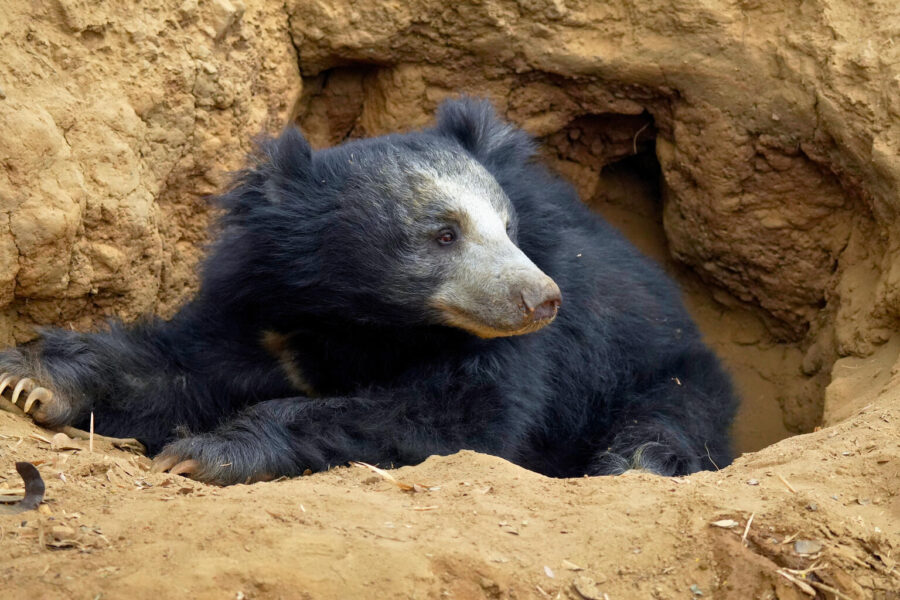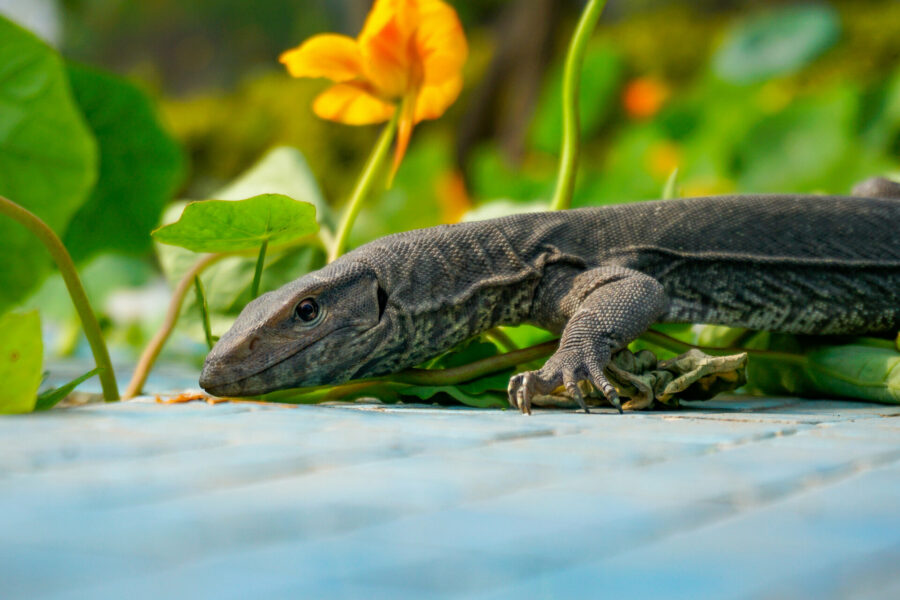By Aaliya Mir and Jordan Carlton Schaul
Volunteer programs are an integral part of Wildlife SOS conservation initiatives. Our volunteers not only aid us in our mission to rehabilitate and conserve wildlife, but they serve as ambassadors for the respective conservation activities administered by our staff and our partner organizations. Volunteers serve as an invaluable resource. They play a critical role in on the ground operations and auxiliary activities, allowing us to meet our objectives of changing the world for the benefit of people and animals.
Recently, students from several professional colleges assisted the J&K Wildlife Protection department and Wildlife SOS with a hangul (red deer) census in Dachigam National Park in Kashmir, India. The hangul (Cervus elaphus hanglu) or kashmiri red deer are a critically endangered subspecies of red deer also known as the Kashmir stag. Red deer have been introduced outside of Asia just as their very close relative, the North American wapiti or elk, has been introduced outside of the USA and Canada.
With only 218 individuals of this subspecies of red deer left in the wild according to a 2011 census, the Kashmir stag is literally on the brink of extinction. The subspecies is endemic only to the Jammu and Kashmir State in Northwest, India, where it is the state animal. Unfortunately, the subspecies has seen a drastic decline in the last 60 years as it has been reduced to 10% of its estimated population size in six decades. In the Mid-20th Century the red deer count was around 2000 mature individuals. Due to shrinking habitat, the subspecies is now only found Dachigam National Park, which is often referred to as the abode of hangul.
The degradation and loss of habitat from overgrazing, and pollution in the periphery of the National Park, along with biotic interferences, are among the main causes for its decreasing population size for this large cervid. The incremental loss suffered by this subspecies of red deer over the years, gives us a clue that it continues to persist, albeit barely under constant stressors.
The volunteers were given a chance to indirectly participate in the hangul census—a scientific exercise intended to determine the number of adult deer, subadults and juveniles in this dwindling population. In addition, the volunteers aided the investigators in a study of red deer habitat range, migration patterns and other critical aspects of this subspecies’ ecology. The volunteers were offered an opportunity to practice census work through an orientation program, which included an introduction to the subspecies and sympatric wildlife—species coexisting with the deer, along with the use of GPS and other equipment.
Wildlife SOS staff accompanied the volunteers on a nature walk inside the National Park and instructed them on them on various aspects of management of the national park and, of course, brought them in closer contact to India’s wilderness. In addition, a separate interactive program was organized with the volunteers at National Institute of Technology (Srinagar) where deliberations were held on the use of modern technology as it is used to conserve and manage wildlife.





